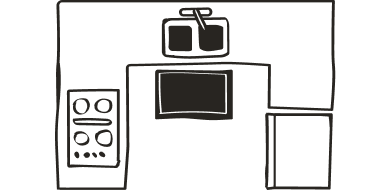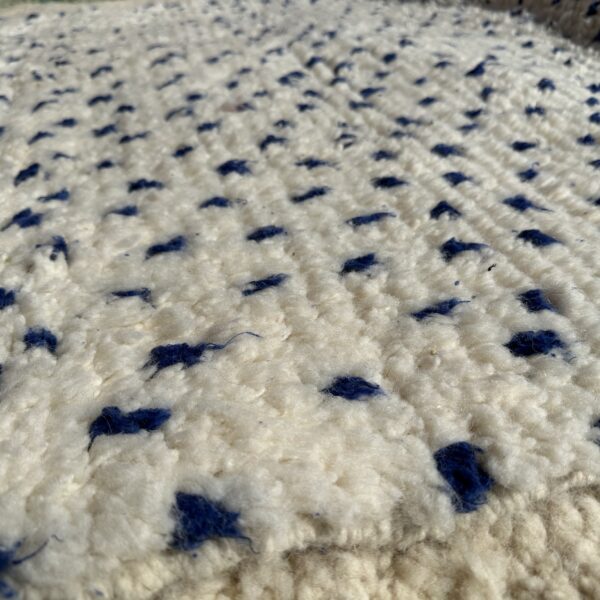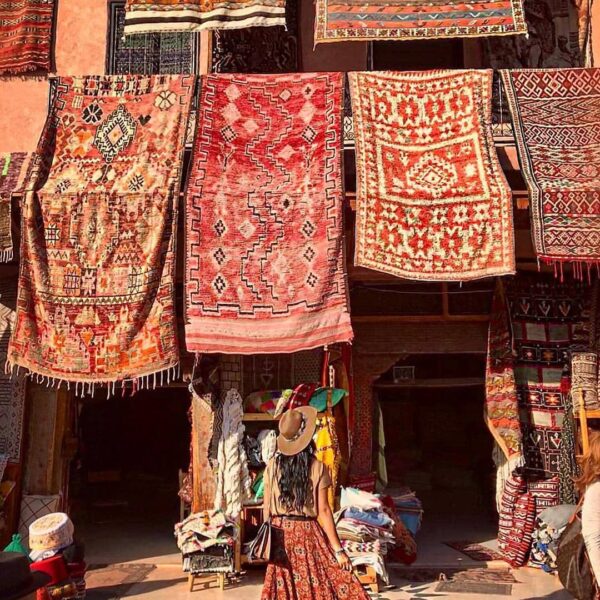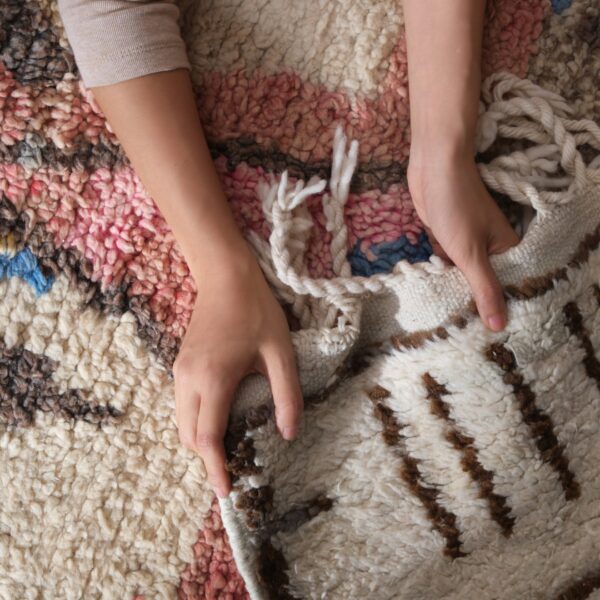In the buzzing streets of Moroccan medinas, an ancient art form flourishes, carrying with it stories, traditions, and the soul of an entire nation. Each Moroccan rug isn’t just a piece of decor; it’s a tapestry of life woven with patience, skill, and passion. Let’s delve into the captivating process and meet the artisans who breathe life into these textiles.
1. The Raw Material: Wool Gathering in the Atlas Mountains
High up in the Atlas Mountains, shepherds tend to their flocks, ensuring the wool is of the highest quality. Once sheared, this wool is then cleaned and spun, ready for the loom.
2. The Dyeing Process: Nature’s Palette in Marrakech Souks
In the bustling souks of Marrakech, artisans use natural dyes derived from plants, minerals, and even insects. Pomegranate peels, saffron, and indigo are transformed into vibrant hues, giving each rug its unique character.
3. The Loom: Weaving Stories in Berber Villages
In remote Berber villages, women gather around traditional wooden looms, weaving intricate patterns passed down through generations. Each motif tells a story, from tales of harvests and festivities to dreams and aspirations.
4. Finishing Touches: Binding and Fringing in Fez Workshops
Once the weaving is complete, the rug travels to workshops in Fez. Here, skilled craftsmen give the rug its final touches, ensuring every edge and fringe is perfect.
5. The Heartbeat: The Artisans
Behind every rug is an artisan with a story. Whether it’s Fatima, who learned the art from her grandmother, or Youssef, who traveled through Morocco gathering unique dyeing techniques, each craftsman adds a piece of their soul to the rug.
In Conclusion: Every handcrafted Moroccan rug embodies centuries of tradition, hours of labor, and unmeasurable skill. Owning one isn’t just about having a beautiful piece of decor; it’s about embracing a culture, a story, and the heartbeat of the artisan who made it.





















